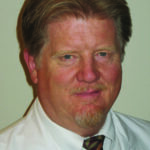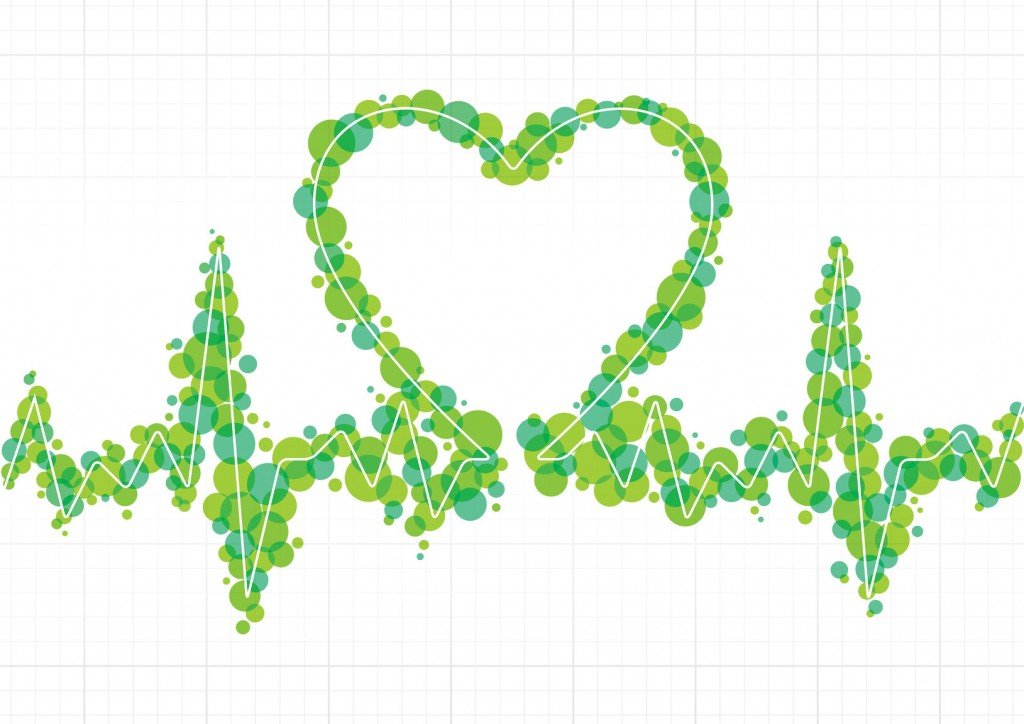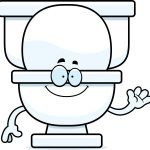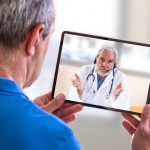Thomas S. Lee, NMD, APH
Women’s healthcare using natural medicine is becoming more and more mainstream. If you have been aware of the American medical field for more than a few years, you have noticed that diseases and public concerns about them shift with the regularity of fashion designs. Since this popularity reflects large monetary interests, this disease franchising will only quicken. Behind this constant change, let’s look at ancient connections in the use of natural medicine for women and their families, and the application of these concepts to your present patient base.
Diagnosis
The naming conventions of allopathic disorders are considered to be “diagnosis” by the public, and these often obligate the licensed physician to adhere to specific protocols of pharmaceutical or surgical treatment if insurance reimbursement is to be obtained. NDs and others who rarely choose conventional drugs and surgery must understand these disease codes if patients will be using medical insurance. However, we should not hold these to be sufficient for the actual diagnosis of a real patient.
For many reasons, today’s media present a collection of grim symptoms as a “disease” because illness and suffering are simply too profitable to let slip out of fashion. How many of the normal events in a woman’s life today have been claimed as dangerously in need of such “medical care” as confinement, surgery or pharmaceutical treatment? We are now taught that the life events requiring medical supervision go from cradle to grave.
Of these “diseases” – such as chronic fatigue, fibromyalgia, attention deficit disorder, cancer, heart disease, Candida and depression – which term tells you or your patient enough to understand anything (gnosis) about what is going on in her life or what to do with that knowledge? I qualify the term “disease” because none of these terms meet the criteria of Koch’s postulates to rate that medical definition. But unfortunately, pharmacists and allopathic physicians are taught that these categories require that they use certain drugs or surgeries when they are treating them.
Actual medicine goes deeper than TV talk shows, of course. Much of the world now knows chronic fatigue as Myalgic Encephalomyelitis (ME). Other popular disease terms are insufficient for even accurate allopathic diagnosis. Treating physicians and researchers seek further understanding and funding for research grants by searching for agents thought to be causative, unless dubbed “incurable” or “terminal.” These terms simplify the treatments for serious disease tremendously. Pain management and life support, no matter what, are now affordable and not complex. To really diagnose the patient, however, we need to know more about her energetics, her family situation, medical and emotional history, social exposure and specific organ functions, among other factors.
Cleansing First
What benefits these modern “diseases” from our profession’s basic teachings? Which would help you and your patient accomplish effective healing and recovery today? Cleaning up internal toxicity would be a starting point that everyone would applaud, from Hippocrates through Paracelsus and on up to Hahnemann and the Eclectics. Our classical homeopaths might note how Hahnemann taught in his Organon that we must “first remove all impediment to cure,” and the Nature Cure practitioners encouraged us to do this by “opening the emunctories.” Modern disciplines of clinical ecology and systemic detoxification have validated and developed these concepts for the modern doctor while bringing fascinating tools into reach for all our practices.
One new discipline that has helped us communicate with our allopathic cousins has been called “functional medicine.” Bodily functions of organs, tissues and cell types can be quantified, and increasingly effective and non-invasive testing can help the doctor understand a patient’s overall condition or a narrow subset of organ or tissue responses. NDs have actively helped to develop these technologies and protocols in recent decades. Dermal screening devices; biofeedback instruments; laboratory procedures for digestive analysis; and hair, saliva and urine testing procedures all have contributed to a better understanding of our patients.
Other Impediments to Cure
Returning to our complex, symptomatic, modern patient, what other concepts of natural medicine would help her? Having opened her emunctories by using a reasonable form of cleansing, with homeopathic drainage remedies; clearing herbal formulations; energetic or vibrational devices; or dietary methods such as fasting, nutriceuticals or monodiets; we look for other “impediments to cure.” What are the consequences of her dietary and lifestyle choices? What larger environmental or cultural issues are affecting her? And finally, what changes will build the “vital force,” or the Paracelsian “magnetic force” most effectively?
For starters, remove synthetics, decrease allergens and teach non-toxic home hygiene and dietetics. Orienting to your preferences and expertise, bring effective modalities and substances to the table and negotiate them into your patient’s case. After a few years, physicians become completely unique in their abilities and preferences. Generally, this is appreciated by the patients and disliked by the insurance companies and hospitals.
It seems that almost every degenerative disease process would improve, and our patient would rapidly benefit, from a phase of tonification and strengthening after the previous cleansing and detoxification. Depending on her presenting condition, you might want to begin with the building and nourishing phase before the cleansing. I have found that the more dire the patient’s condition, the more rapid and profound her response is to these two initial strategies of restoring health, alternating between each.
Stages of cleansing and rebuilding have been a common feature of many Old World medical arts. The ancient concept of vis medicatrix naturae comes to us from the era of Hippocrates, who himself probably reached back into Egyptian sciences to describe the healing power of nature. This contrast of stressors on the patient has been described in many works on ancient ways to restore a patient to health. Modalities from hydrotherapy to exercise and massage make use of reflex stimulation and contrast energetics to restore the adaptive powers of health to their patients.
Popular “disease” epidemics are further complicated by technical designs coming from the food, chemical and military industries. Fear and danger have proven to be the perfect sales tools. Genetic engineering and food product manufacturing have changed our biosphere completely. Patients today rarely have access to the basics of whole food, clean air and pure water in their natural state. It is harder to live a clean life and simplify, but more people find that it is well worth the effort to do so.
Modern Healthcare
I suspect that naturopathic philosophical origins and modern clinical experiences have allowed us to actually direct a shift in modern social consciousness about health. Within a mere couple of decades we have witnessed a cultural turn from the 20th-century model of disease management and crisis intervention toward preventive and proactive health maintenance. This direction has been achieved with far more impact than our numbers or personal success would suggest.
Clearly, many other socioeconomic forces are shaping modern healthcare than just our community, and this paradigm shift has farther to go. The impact of our physicians has been bolstered by allied writers, teachers, college faculty, formulators and manufacturers, and the professional efforts of our many successfully treated patients, so the ripples from our pebble are still spreading. If you have practiced for more than a few years, you might share my fascination with how accurate and valuable our ancient teachings continue to be.
Modern doctors are faced with surviving daily information overload, which is a completely different problem than what our parents faced in their search for professional knowledge. The information highway has brought down barriers to information and knowledge while obliterating the freedom to remain uninformed. All the information technologies have saved us physical effort, but they have cost us a lot of free time.
Today’s physician is well informed of the principles of ancient medical systems, and the resources of modern science and technology. The new and dangerous health challenges of today make our knowledge and treatment strategies greatly appreciated. I think women today enjoy better resources and more well-trained NDs for support than ever before in history. However, women also are coming from a more damaged and fragile environment, with new miasms and health risks. So, everyone should keep their sleeves rolled up and expect to have to address major challenges ahead on the road to personal and social wellness.
In your successful cases to come, please keep patients aware of the need for their support of our professional organizations and schools. As this change in social awareness continues, we will need far more well-trained and good-hearted doctors to meet social needs. The last concept from our early teaching is that the doctor is a teacher or docent who is tasked to share what he or she has been blessed to be able to learn. For many of us, that is one of the more gratifying aspects of being an ND.
 Thomas S. Lee, NMD, APH earned a doctorate in naturopathic medicine in 1986 from Bastyr University. He has been licensed to practice naturopathic medicine in Arizona since 1989, and is certified as an Advanced Practitioner of Homeopathy in Nevada. Dr. Lee is past president of the Arizona Naturopathic Medical Association and received the Physician of the Year Award from that organization in 1994. His award-winning website at www.naturodoc.com has promoted naturopathic medicine globally since 1999.
Thomas S. Lee, NMD, APH earned a doctorate in naturopathic medicine in 1986 from Bastyr University. He has been licensed to practice naturopathic medicine in Arizona since 1989, and is certified as an Advanced Practitioner of Homeopathy in Nevada. Dr. Lee is past president of the Arizona Naturopathic Medical Association and received the Physician of the Year Award from that organization in 1994. His award-winning website at www.naturodoc.com has promoted naturopathic medicine globally since 1999.





